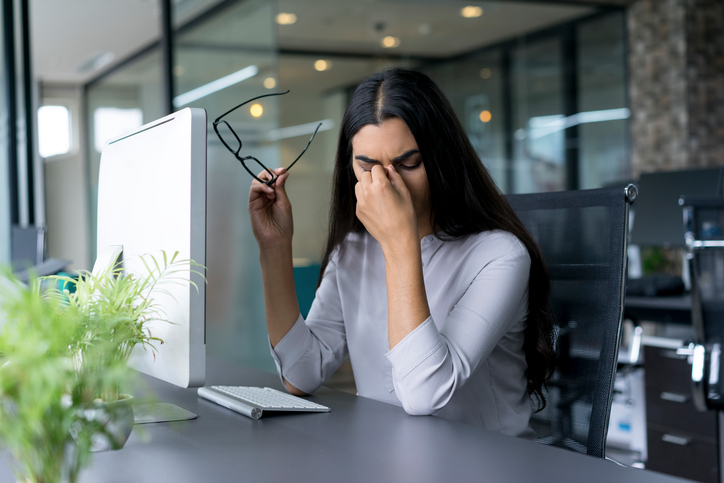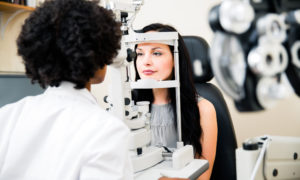Jan. 17, 2018

Newly released VisionWatch survey results from The Vision Council show that more than 83 percent of Americans report using digital devices for more than two hours per day, and 60.5 percent report experiencing symptoms as a result.
Among key findings from the 2017 VisionWatch survey, Americans are especially tied to the following devices:
Computer: An average 75.6 percent of respondents regularly use a computer to research, 54.2 percent to shop online, 48.7 percent to find a recipe, 36.2 percent to check social media and 26.7 percent to play games.
Smartphone: An average 58.2 percent of respondents regularly use a smartphone to get directions, 56.6 percent to serve as an alarm clock, 53.7 percent to check the weather, 38.1 percent to check social media and 25.8 percent to play games.
Television: An average 32.2 percent of respondents use television to get the news, 16 percent to keep track of professional sports and 14 percent to check the weather.
With an increase in digital technology, many individuals suffer from what The Vision Council refers to as digital eye strain—a collection of physical symptoms felt after screen use for longer than two hours.
“In the 1950s, it was the emergent popularity of television. In the 1980s it was the desktop computer. Today, we have so many screens competing for our eyeballs daily, and with that has come the effects of digital eye strain on all ages,” explains Justin Bazan, OD, practice owner and medical adviser to The Vision Council.
According to The Vision Council’s survey, American adults report experiencing the following symptoms of digital eye strain: eye strain (32.6 percent), dry eyes (22.7 percent), headache (21.4 percent), blurred vision (22 percent) and neck and shoulder pain (30.8 percent).
Children are especially susceptible to these symptoms, plus reduced attention span, poor behavior and irritability. Seventy-two percent of adults report their children get more than two hours of screen time per day, with 30.1 percent reporting their children experience symptoms of digital eye strain, and 74.4 percent being somewhat, or very, concerned about the impact of digital devices on their children. Despite this, just 24.6 percent of parents say they make an annual eye exam for their children as part of back-to-school preparation.
Here’s a final eye-opening statistic: 72.6 percent of Americans say they did not know eyewear can be used to protect their eyes from the potentially short- and long-term effects of digital eye strain. Little do they know, eyewear is available with lenses featuring magnification, anti-reflective treatments, blue-light filtering capabilities and more to help reduce the symptoms associated with digital eye strain.



























